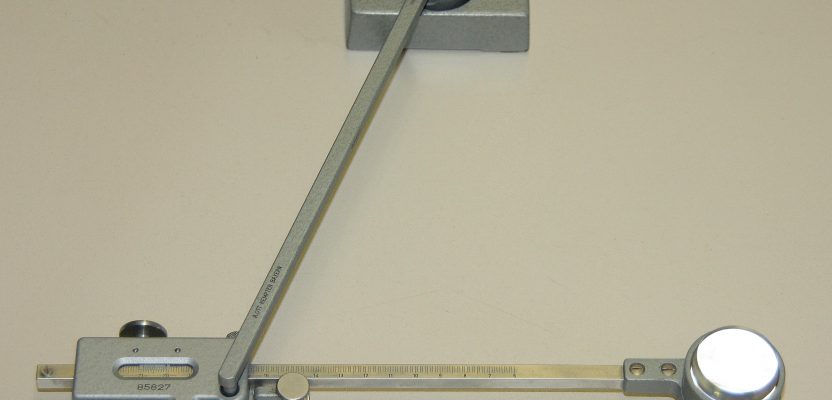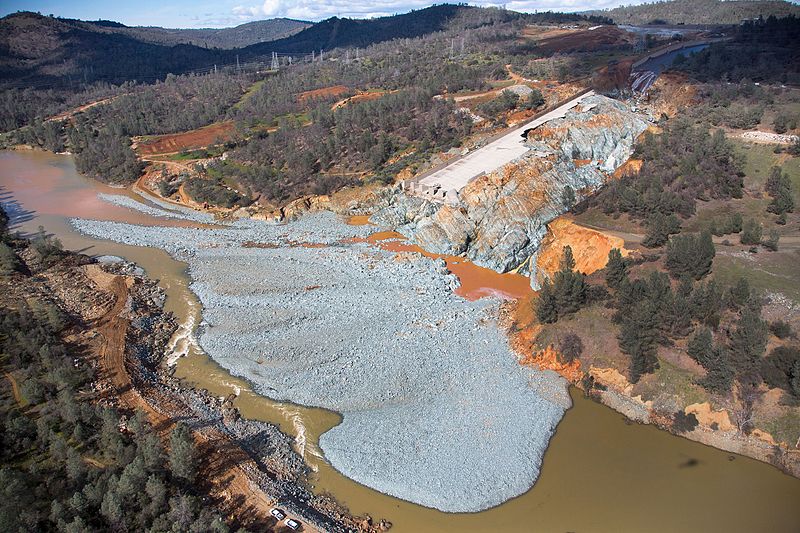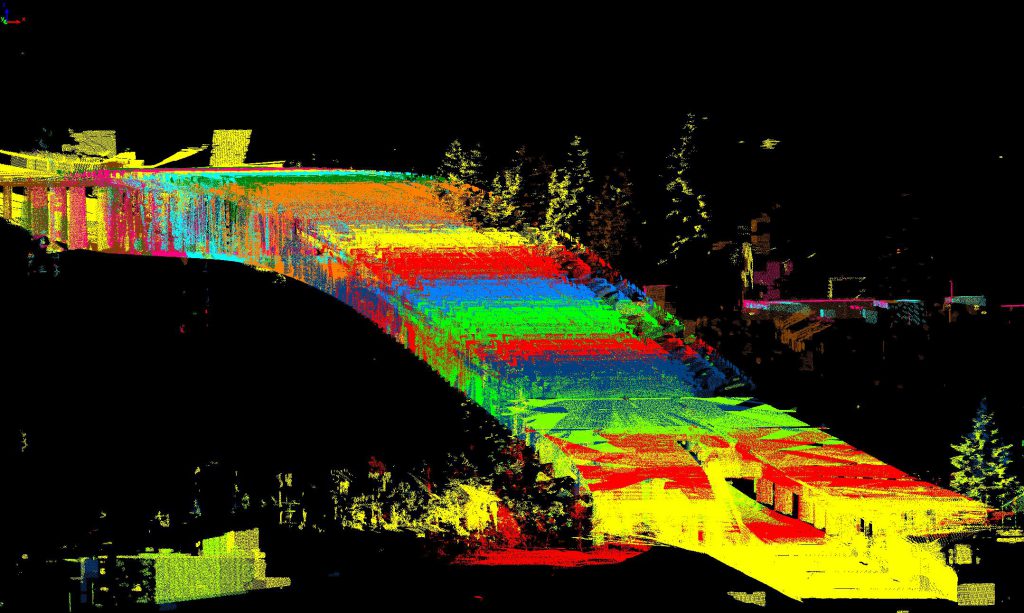First, I would like to thank Anthony Whitlock for his excellent contribution to Field Notes last month. It was thought-provoking and stimulated much conversation. It even motivated me to start doing research, specifically on the impacts, or perceived impacts, of the implementation of degree requirements (which are complex in many cases) to sit for state-specific examinations. More is coming on that in the future.
It also got me to thinking about how the evolution of the “typical” surveying career has changed over the four decades of my own travels.
Based on anecdotal evidence collected from my coworkers, colleagues, and peers over the years, I believe that many of them, like me, either began working in the field, usually as a “gopher” on a crew, or got bitten by the surveying bug once they had the opportunity to work in the field. Of course, I also know of cases where the field experience either drove folks right back into the office in perpetuity or sent them off looking for something more personally palatable to do for a living.
With the passage of time, I think we tend to remember only the good times, or at least the unpleasant aspects fade away to make the memories better than the actual experiences were. Human nature, I suppose.
Even though more than half of my career has been spent in the office, the vast majority of my fond memories come from my time in the field. I find that odd, because the majority of my contributions and complex challenges as a surveyor have been accomplished in an office setting. Perhaps it is the environment, not the work, that makes it memorable? The heat, the bugs, the snakes, the cold north wind, or a perfect spring or fall day—those elements tend to add to the story, to make the memories more vibrant. Sometimes, they are the story.
What I know for certain is that the field hooked me for life. I have known several top-notch party chiefs who never set foot in the office except to drop off equipment, fill out time sheets, or pick up the next job package. They would work as many hours as they could get for nine months a year to prepare for being laid off in the winter. Even if the company had winter office work to offer them, they declined. They wanted no part of being an “office puke.” They would rather go skiing all winter, instead.
That was then.
Because of what I describe above, I believe we are making an ignorant mistake in our approach when trying to recruit young people into our struggling profession. We, me included, often emphasize personal qualities such as “love to work outdoors,” “love to solve puzzles,” and “have an aptitude for math.” The reality is a large percentage of the actual work to produce a surveying/mapping deliverable has shifted from the field to the office. Scanners (terrestrial, airborne, mobile, or stationary) capture millions of points per second, requiring little time in the field compared to “the day.”
Building/structure information modeling (BIM/SIM), virtual design and construction (VDC), automated machine guidance (AMG), GIS, 4D, 5D: all require data typically collected by surveyors, or that should be. Engineers, architects, asset managers, and scientists don’t work in point clouds. They need the data extracted and converted intelligently to vector data using very powerful computer systems.
Almost all of the disciplines of land surveying, except boundary surveying, are completely different than when I started. Some didn’t exist, or they existed in a crude, analog way. I can’t even guess how many hours I spent “buggying” quantities with a planimeter. Not many years later, existing and design surfaces were analyzed with a push of a button, and the design adjusted accordingly to balance excavation and embankment.
We need to appeal to the technological minds that our successors have grown up with. Trying to attract them with “working in the great outdoors” will more likely drive them away, unless it is packaged around technology that just happens to be used outdoors. I hate to say it, but all of our math is done for us, so having an analytical mind is more critical now than being able to solve a right triangle (slope to horizontal distance) or lay out a curve in the field doing the math on site.
Adapt or die. We, the elders of this profession, need to adapt our mindset to today’s reality, as difficult as that might be, if we are to see our profession continue and potentially thrive. We need to tap into lower-division engineering, computer science, and undeclared college pools to recruit our future—not with the great outdoors (except to fly a drone), but the great indoors. Recruits will find the great outdoors when they want to be part of the data-collection effort to understand the front end. Some will like it and want more. Some will determine that once is enough.
My prediction is that their best memories and stories will eventually be based on field experiences, just like mine are. There are still a few days every spring and fall when the weather is so perfect I ache to be on a field crew, just for that day. Not once has the office lighting been so enticing that I yearned to bask in it, but the truth is that is where I have done my best work.
I am part of the “Field to Finish” era of land surveyors, literally and figuratively. The same will likely never be true again. That isn’t a bad thing, unless we don’t embrace it.
 This article appeared in xyHt‘s e-newsletter, Field Notes. We email it once a month, and it covers a variety of land surveying topics in a conversational tone. You’re welcome to subscribe to the e-newsletter here. (You’ll also receive the twice-monthly Pangaea newsletter with your subscription.)
This article appeared in xyHt‘s e-newsletter, Field Notes. We email it once a month, and it covers a variety of land surveying topics in a conversational tone. You’re welcome to subscribe to the e-newsletter here. (You’ll also receive the twice-monthly Pangaea newsletter with your subscription.)



